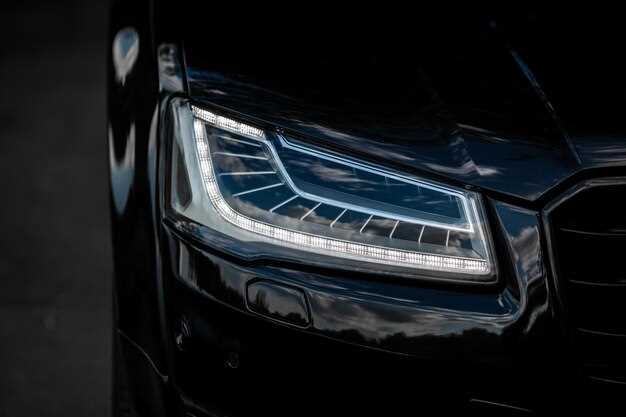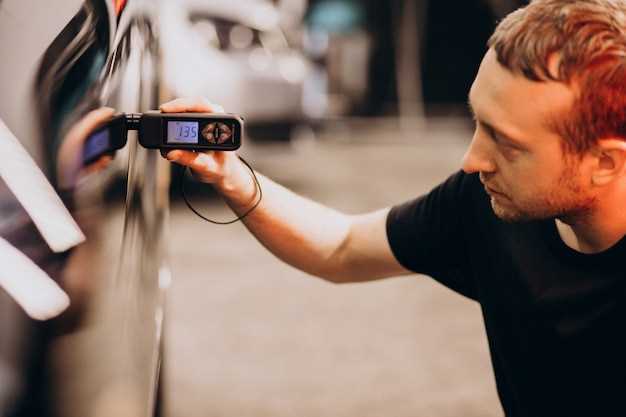
Upgrading Your Audi with LED Lighting

When it comes to enhancing the overall aesthetics and functionality of your Audi, one of the most impactful upgrades you can make is the installation of high-quality LED lights. These modern lighting solutions not only offer superior illumination but also elevate the visual appeal of your vehicle, making it stand out on the road.
LED lights are known for their energy efficiency and longevity, which means that by upgrading your Audi, you can enjoy brighter lights without straining your car’s electrical system. The advantages of LED technology extend beyond mere brightness; they deliver a crisp, clean light that improves visibility in low-light conditions, enhancing safety during night drives.
Furthermore, the versatility of LED lights allows for a range of customization options. Whether you’re looking to replace your headlights, taillights, or interior lighting, there are numerous choices available that can match your personal style while complementing the sleek design of your Audi. This article will delve into the reasons why upgrading to LED lights is a smart decision for any Audi owner aiming for both functionality and style.
Choosing the Right LED Lights for Your Audi Model

Selecting the appropriate LED lights for your Audi model is essential to enhance both aesthetics and functionality. Different Audi models come with unique lighting configurations, making it crucial to choose compatible LED options that fit seamlessly into your vehicle.
First, consider the purpose of the lights. Are you upgrading the headlights, fog lights, or interior lighting? Headlights typically require high-lumen output for better visibility at night, while fog lights should have a focused beam to cut through fog or rain. Ensure the chosen LED lights offer the right color temperature, ideally between 5000K and 6000K, to provide a bright and clear illumination.
Next, check the size and fitting specifications for your specific Audi model. Many vehicles have particular bulb types, such as H7, H11, or 9005. Consult your owner’s manual or online resources to confirm the correct bulb size. Utilizing plug-and-play LED solutions can streamline the installation process, minimizing the need for custom wiring or modifications.
Furthermore, opt for high-quality LED brands known for their durability and performance. Investing in reputable products can save you from frequent replacements and ensure consistent brightness over time. Additionally, look for options that provide heat dissipation features to prevent overheating and prolong the lifespan of the lights.
Lastly, consider the legal implications of your upgrade. Some LED light modifications may not be street-legal in certain jurisdictions. It’s important to verify that your chosen LED lights comply with local regulations to maintain safety and vehicle legality.
By carefully considering these factors, you can successfully choose the right LED lights that will enhance your Audi’s appearance and performance, ensuring a stylish and safe driving experience.
Installation Tips for Audi LED Lighting Upgrades
Upgrading your Audi with high-quality LED lighting can significantly enhance both aesthetics and visibility. Here are some practical tips for a successful installation:
- Choose the Right LED Kit:
Select an LED lighting kit specifically designed for your Audi model. Ensure compatibility with the vehicle’s electrical system.
- Gather Necessary Tools:
Before starting, gather tools such as a screwdriver set, pliers, and a voltage meter. Having these ready will streamline the installation process.
- Disconnect the Battery:
Always disconnect the vehicle’s battery before beginning the installation. This step prevents any electrical short circuits and ensures safety.
- Remove Existing Lighting:
Carefully remove the old lighting fixtures. Follow manufacturer instructions to avoid damaging any surrounding components.
- Install LED Lights:
Insert the new LED lights into the designated slots. Make sure they are securely fastened and properly aligned for optimal performance.
- Connect Wiring:
Follow the wiring diagram provided with the LED kit. Connect the wires according to color codes to ensure correct functionality.
- Test the Lights:
Before replacing any covers, reconnect the battery and test the LED lights to confirm proper installation. Check for brightness and alignment.
- Reassemble the Fixtures:
Once confirmed working, carefully reattach any covers or fixtures that were removed during the installation process.
- Final Check:
Perform a final inspection of all connections and a test of the lights in various conditions (day and night) to ensure reliability.
By following these installation tips, you can upgrade your Audi’s lighting with high-quality LED options, improving both safety and style on the road.
Maintaining and Troubleshooting Your Audi’s LED Lights

Proper maintenance of your Audi’s LED lights is essential for ensuring optimal performance and safety. Regularly inspect the lights for any signs of damage or malfunction. This includes checking the housing for cracks, ensuring that the lenses are clean, and verifying that there are no loose connections.
One common issue owners face is flickering or dimming LED lights. This can often be attributed to a poor electrical connection. Inspect the wiring harness and connectors for corrosion or loose fittings. If necessary, reconnect or replace components to restore full functionality.
Another potential problem is the lifespan of LED bulbs. Although they typically last longer than traditional bulbs, they can still burn out. If you notice one of your Audi’s lights is not functioning, check the bulb. If it’s faulty, replace it with a high-quality LED compatible with your vehicle’s specifications.
To enhance the longevity of your LED lights, avoid using them while your engine is off for extended periods. This can lead to unnecessary strain on the electrical system. Additionally, ensure that your battery is in good condition, as weak batteries can cause fluctuating voltage levels that affect your lights.
When troubleshooting, always refer to your Audi’s owner’s manual for specific guidelines and electrical diagrams. If you encounter persistent issues, consider consulting a professional technician with experience in Audi vehicles, as they can provide insight into more intricate problems and solutions.